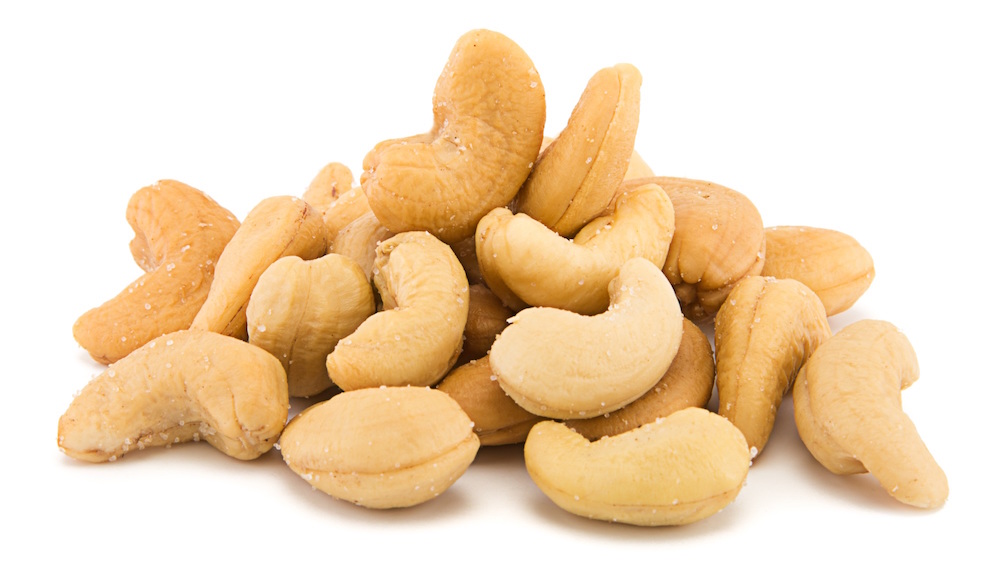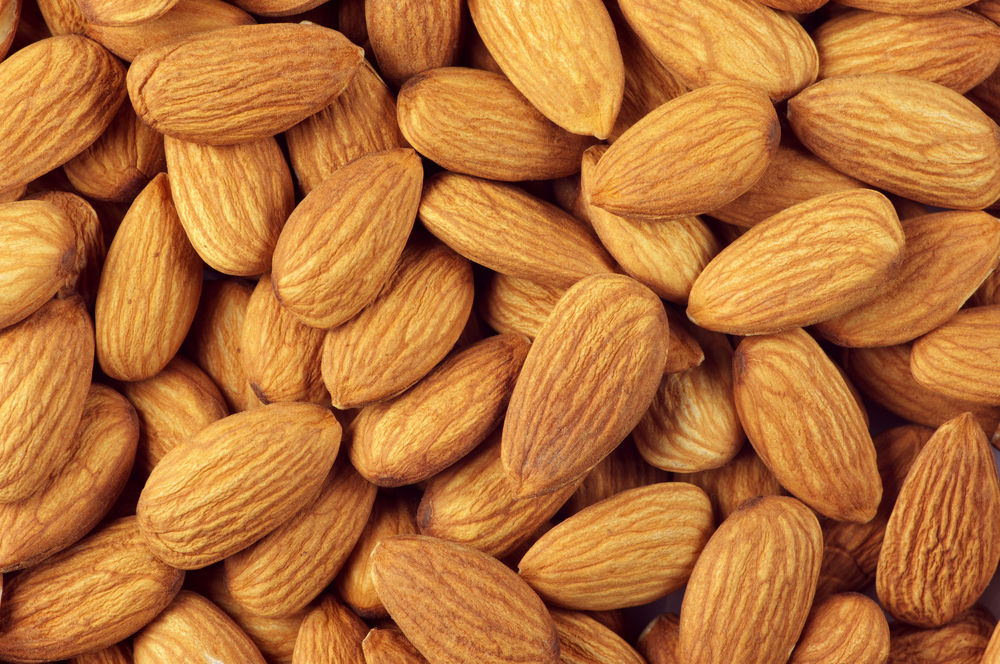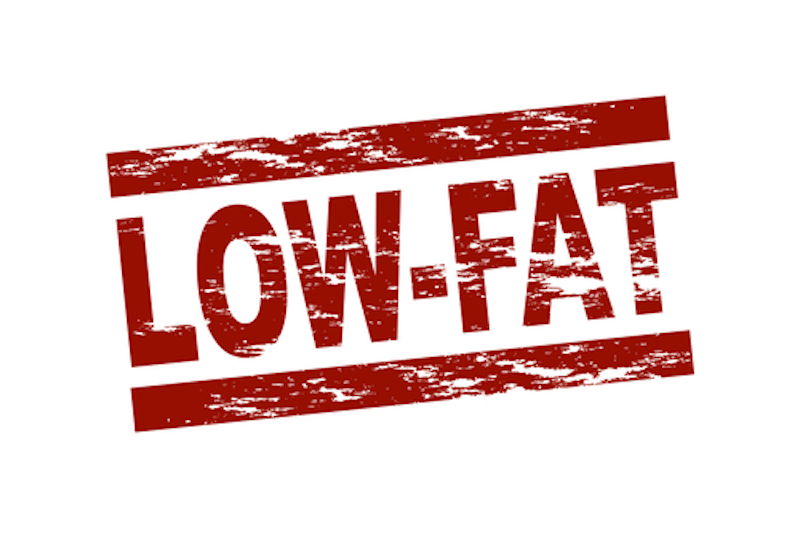As the world went low fat, nuts really started to catch a bad reputation when in fact the truth is quite the opposite. Nuts and seeds, eaten in moderation, are an excellent option out there to help people create healthier food choices.
Here are two of my favorite nuts, cashews and almonds, along up with some helpful information provided by Jake Weil and George Matalen:

Dr. Weil’s Favorite Foods: Cashews
This uniquely shaped nut is one of Dr. Weil’s favorites, and is also one of the lower-fat choices when it comes to mixed nuts. The fat that cashews do contain is rich in oleic acid – the heart-healthy monounsaturated fat found in olive oil. Cashews also are a good source of iron and contain copper, essential for the formation of red blood cells, and magnesium, which is vital for healthy bones.
One way to get cashews into your diet and boost your energy is with a cashew nut butter sandwich. Start with a slice of fiber-packed wholegrain bread and then top it with unsweetened cashew butter for a healthy, energy-promoting mix of carbohydrates, protein, and fat.
If you prefer lightly roasted cashews, at-home roasting is simple: Stir raw cashews (and almonds and walnuts if you like) in a dry skillet over medium-high heat or spread them on a baking sheet placed in a 350-degree oven for 10 minutes. Toss occasionally until they are done to your liking. The aroma is wonderful and the results can be delicious.

George Matalen: World’s Healthiest Foods
A high-fat food that’s good for your health? That’s not an oxymoron, its almonds. Almonds are high in monounsaturated fats, the same type of health-promoting fats as are found in olive oil, which have been associated with reduced risk of heart disease. Five large human epidemiological studies say so…
Almonds Provide Double-Barreled Protection against Diabetes and Cardiovascular Disease
Lessening after-meal surges in blood sugar helps protect against diabetes and cardiovascular disease, most likely by lessening the increase in cholesterol-damaging free radicals that accompanies large elevations in blood sugar. This is one reason why low- glycemic index diets result in lower risk of diabetes and heart disease.
Almonds appear to not only decrease after-meal rises in blood sugar, but also provide antioxidants to mop up the smaller amounts of free radicals that still result. (Jenkins DJ, Kendall CW, Journal of Nutrition.
Denise’s
 2 Cents:
2 Cents:
- Here’s a tip…Nuts are high in fat (the healthy kind!), however the entire bag is not what we are shooting for. Try counting out ten or so of your nut of choice, and then pre-package them as snacks to create some built in portion control.
- If you are a peanut butter and jelly freak, yes, you- remember to be mindful of the amount of sodium in the peanut butter. Another helpful way to keep things healthy is to keep an eye on the bread you’re using…make sure it has whole wheat and plenty of fiber.
- Keep an eye on how your food is packaged, and read the label. Unfortunately, nuts packaged in air pressed containers usually have been processed with fat production, and that’s not what we’re looking for when making healthy changes.
